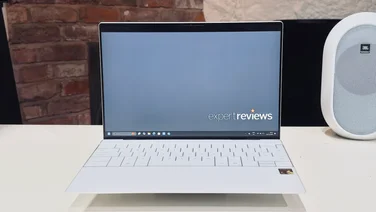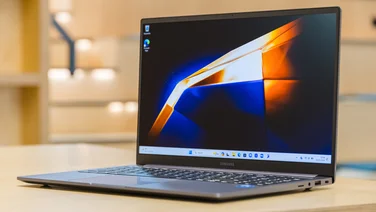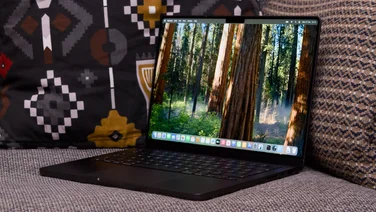To help us provide you with free impartial advice, we may earn a commission if you buy through links on our site. Learn more




MSI’s latest small laptop is a noticeable step up from a netbook and the U270 uses an AMD processor, rather than Intel, which has opened the floodgates to a wealth of changes and upgrades.
The U270 is by no means thin considering its compact size, but it at least doesn’t weigh a lot. At just 1.3kg you’ll barely feel the weight in a laptop bag when on the move. The incredibly small 11.6in chassis still has room inside for an AMD E-350 processor, 2GB of RAM and a 320GB hard disk, which is more than enough to handle most day-to-day desktop tasks such as web browsing and word processing.

We didn’t experience many slowdowns when running multiple browser tabs, although serious multitasking still made the operating system feel sluggish. Our multimedia benchmarks told a similar story: the single-threaded image editing test was reasonably fast for a low-power CPU, but the multi-tasking test brought the overall result down to just 12.
AMD builds an integrated graphics chip into the E series processor, which is powerful enough for high definition video. We could play 720p content smoothly on the laptop, and even 1080p video on an external display using the HDMI outout, but our gaming tests pushed it too far. Dirt 3 couldn’t post a playable frame rate at all, regardless of the detail and resolution settings we tried.

One benefit to an integrated graphics chip is that it lessens the impact on battery life over a dedicated card. Lasting five-and-a-half hours away from the mains in our light-use test, this laptop will last most of a working day without having to be charged. That said, other AMD-powered ultra-portables we’ve seen recently have managed over eight hours.
We appreciated the anti-glare coating MSI has applied to the 11.6in screen. Although it isn’t a matt finish, which would possibly be more adept at diffusing light reflections, it did a great job of keeping our harsh office lighting from becoming a distraction. The 1,366×768 resolution is also a welcome increase from what we’re used to seeing in 11.6in displays. Unfortunately, the screen doesn’t tilt far and, viewing angles are average, it can be hard to see what’s on screen. Colours still looked fairly vibrant.
Unsurprisingly, audio quality from the integrated speakers was basic at best. A distinct lack of bass, low volume and a sharp high end means we suggest plugging in headphones for anything more than internet video.

Typing on the full-size, Chiclet-style keyboard was reasonable, although we did notice a clear flex in the keyboard tray that appeared with only minor pressure. Each key had a decent amount of travel and a precise springy action, so we were confident that our presses would be recognised. Unfortunately, the tiny touchpad is nowhere near as good; both the pad itself and the buttons below it felt too small, with a finish that creates slightly too much friction and stiff buttons.

We liked the U270’s small size, but it came up short in terms of memory and hard disk space when compared to the Lenovo IdeaPad S205. It also can’t compete with the IdeaPad’s excellent build quality and fantastic keyboard. If you’re looking for something more powerful than a netbook, the Lenovo is the better choice.






